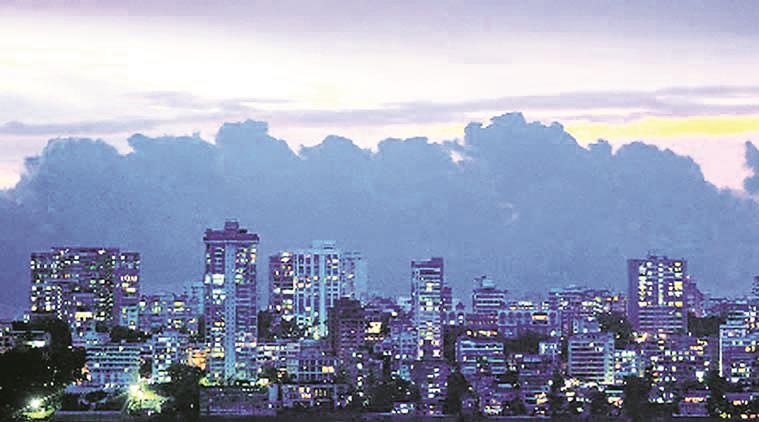Stay updated with the latest - Click here to follow us on Instagram
In Mumbai, a new move to link height of buildings with road width
‘Narrower the road, lesser the vertical limit for buildings in the vicinity and vice versa’
 Activists and town planners have long been complaining about “pencil-thin skyscrapers” that dot the city’s skyline
Activists and town planners have long been complaining about “pencil-thin skyscrapers” that dot the city’s skyline
Mumbai, the country’s highrise capital, has drawn up a plan to restrict the height of buildings on narrow roads.
The city’s latest draft development control regulations link construction of a skyscraper to the width of the adjoining road — so, narrower the road, lesser the vertical limit for buildings in the vicinity and vice versa.
Prevalent regulations, on the other hand, permit skyscrapers of any height along public streets that are over nine-metres wide.
[related-post]
Justifying the fresh curb, civic officials claimed that this will arrest unabated construction of skyscrapers on narrow roads.
Activists and town planners have long been complaining about “pencil-thin skyscrapers” that dot the city’s skyline. “Sky-high buildings on narrow roads pressure the civic infrastructure adversely. Their structural stability is often questioned as well,” said an official.
But the developers are complaining that the proposed regulation will adversely impact redevelopment projects especially in congested areas in the island city and the suburbs.
Municipal Commissioner Ajoy Mehta conceded that the move has so far evoked a mixed response.
“We have had people telling us you either control densification or the height. All the suggestions are being considered,” he said.
To cushion the impact, the municipality’s draft regulations have reclassified high-rises as structures rising above 32 metres (roughly ten storeys).
Under the existing norms all buildings above 24 metres or seven storeys are considered to fall in the ‘high-rise’ category.
The Chief Minister-led Urban Development (UD) department had earlier attempted to link transfer of development rights or development rights certificates for a plot — tool that allows construction rights over and above the permitted zonal FSI — to the width of the abutting road.
But following objections raised by the building industry, the government has deferred applying the norm in Mumbai arguing that the new development control regulations were under formulation.
Under the new regulations, the minimum road width required for a high rise up to 70 metres (up to 23 storeys) is 9 metres while a 12-metre road access would be the minimum requirement to construct taller buildings upto 120 metres (40 storeys).
For those scaling higher heights than 40 storeys, the minimum road width required would be 18 metres.
In the case of ‘special or assembly buildings’, the road norms would be 12 metres for structures up to 32 metres, and 18 metres for taller ones.
The municipal commissioner has however reserved the power to permit buildings up to 70 metres on roads that are currently 6 metre-wide but are proposed to be widened to 9 metre in the development plan.
Similarly, the new regulations state that the development of a high rise along the road with a width lesser than the prescribed norms would be permitted “if the plot owners hands over the land required for road widening as proposed in the development plan”
For low rises, the municipality will permit construction along the road which must be at least 3.6 metre wide.
In the case of projects located on a plot which is included under any town planning scheme, the civic body has ruled that the access provided in the
Town Planning scheme shall be considered adequate.







